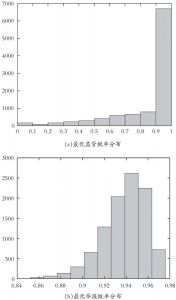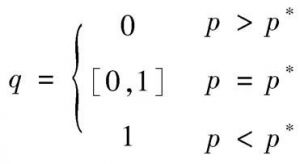论文
食品防护中的内部人举报:行为机理与激励机制
摘要
恶意掺杂使假与蓄意污染所引起的食品安全问题,严重威胁我国社会稳定与经济发展。因此,必须切实提高食品安全监管效率和食品防护水平,而根本性的问题在于消除监管部门与食品生产经营企业之间的严重信息不对称。理论研究与现实经验表明,构建食品安全内部人举报制度是解决信息不对称问题、有效提高监管效率、节省监管成本与增进社会福利的重要可行措施。为了提高对食品安全内部人举报的认识,本文对食品防护情境下的企业内部人行为机理及其与监管部门的互动关系进行了博弈分析,试图为构建和完善这一制度提供理论支持。本文重点考察了知情内部人举报决策的影响因素及其对监管效率的影响,从而探讨了提高监管效率的有效途径。最后,根据理论研究结果,本文提出了有助于改进食品防护工作和保障社会福利的政策与建议。
检索正文关键字
论文目录
- 一 引言
-
二 食品防护介绍与文献概述
- (一)食品防护
- (二)内部人举报
- 三 内部人与监管部门之间的互动:基本框架
-
四 模型解析
- (一)纯策略博弈模型
- (二)混合策略博弈模型
- 五 蒙特卡罗模拟
- 六 总结与政策建议
查看更多>>>







